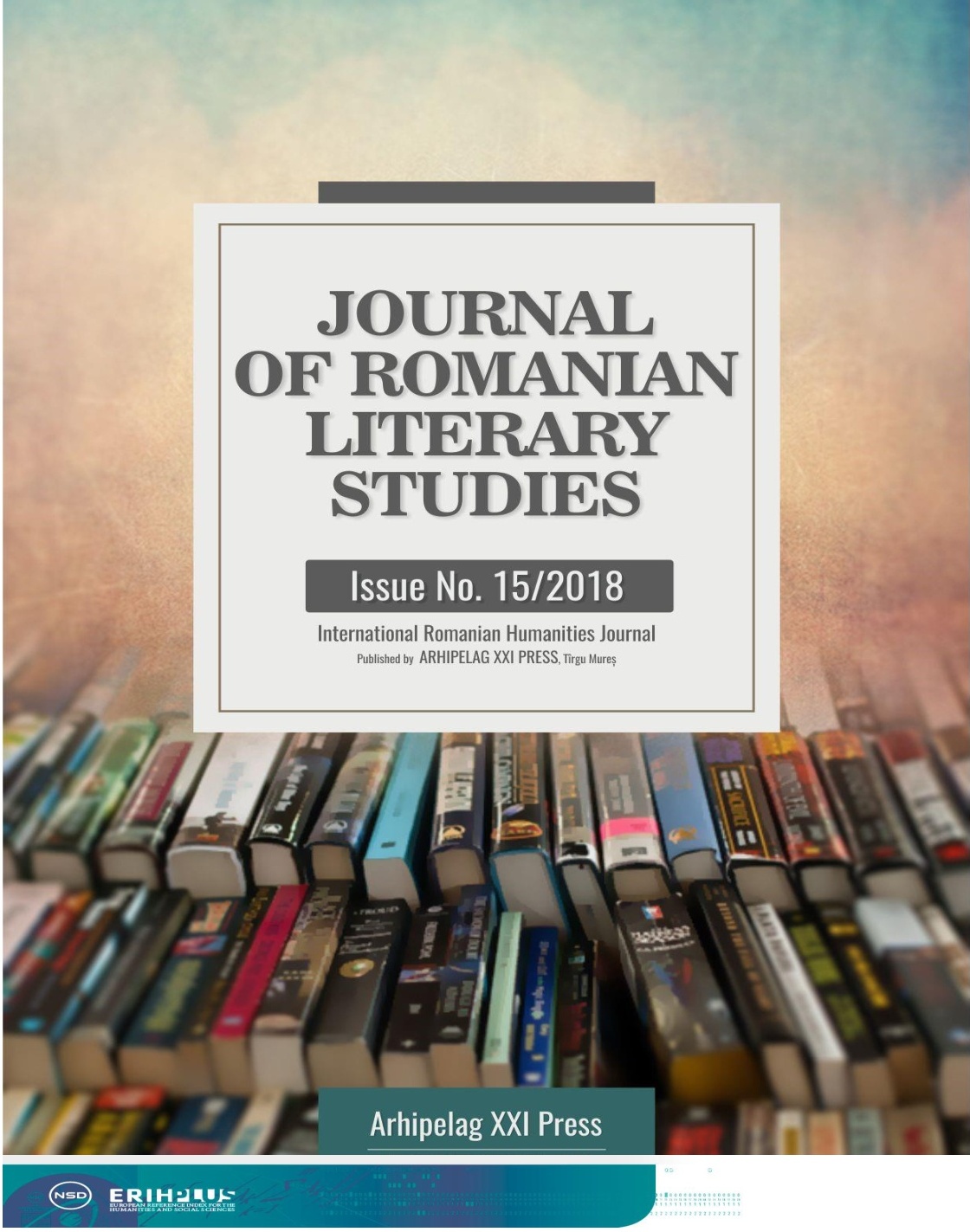THE VICTORIAN ARTISTS OF THE STAITHES GROUP AND THE PALIMPSESTIC SENSE OF PLACE
THE VICTORIAN ARTISTS OF THE STAITHES GROUP AND THE PALIMPSESTIC SENSE OF PLACE
Author(s): Simona-Catrinel AvarvareiSubject(s): Anthropology, Visual Arts, Studies of Literature, 19th Century, Theory of Literature
Published by: Editura Arhipelag XXI
Keywords: ‘The Northern Impressionists’; Yorkshire; fisherfolk; marginality; poetics of space;
Summary/Abstract: Remembered and acknowledged as the age that changed the time itself, seizing it from its patriarchal matrix and metamorphosing it in dizzying, swirling whirls of iconic makings, the Victorian era forged a nation and an empire in the incandescently bustling iron and steel works, spun the threads of its glorious story in cotton mills and textile factories, challenged the horizons of the world with daring expeditions and fragranced exploratory meanderings, wrote the chronicles of its timelessness in the tranquillity of secluded studies, and played with colours on easels, tucked away in pockets of pristine landscape and unspoilt beauty. Such a place is the village of Staithes, on the picturesque Yorkshire coast that hosted a colony of artists which came to be known by that name, while also being referred to as ‘The Northern Impressionists’. Drawing its energies and identity from the spot that inspired them, just as a plant lives on the sap sucked from the fruit-bearing innards of the earth that anchors and feeds it, this group of artists (re)decorated the spirit of the age, dwelling on a Faustian loop of time that revered the moment and its immortality rather than celebrating its epic, hastened becoming. It is in this particular dimension that the palimpsestic spirit of place and time imbues the story, with its (re)turn to the original semantic connotations that define the term as “a manuscript or piece of writing material on which the original writing has been effaced to make room for later writing but of which traces remain” (OED). The quest goes inwards, escaping the enthralling grip of a pioneering present while searching for the original self of things, immortalising it in minute observations of landscape and people. Suffice to read the following lines of Dame Laura Knight, one of the most representative members of the group to ‘plunge’ into the spirit of the locus: “Staithes…. It was there that I found myself and what I might do. The life and place were what I yearned for – the freedom, the austerity, the savagery, the wilderness. I loved the cold and the northerly storms when no covering would protect you. I loved the strange race of people who lived there, whose stern almost forbidding exterior formed such contrasts to the warmth and richness of their nature.”
Journal: Journal of Romanian Literary Studies
- Issue Year: 2018
- Issue No: 15
- Page Range: 754-760
- Page Count: 7
- Language: English

